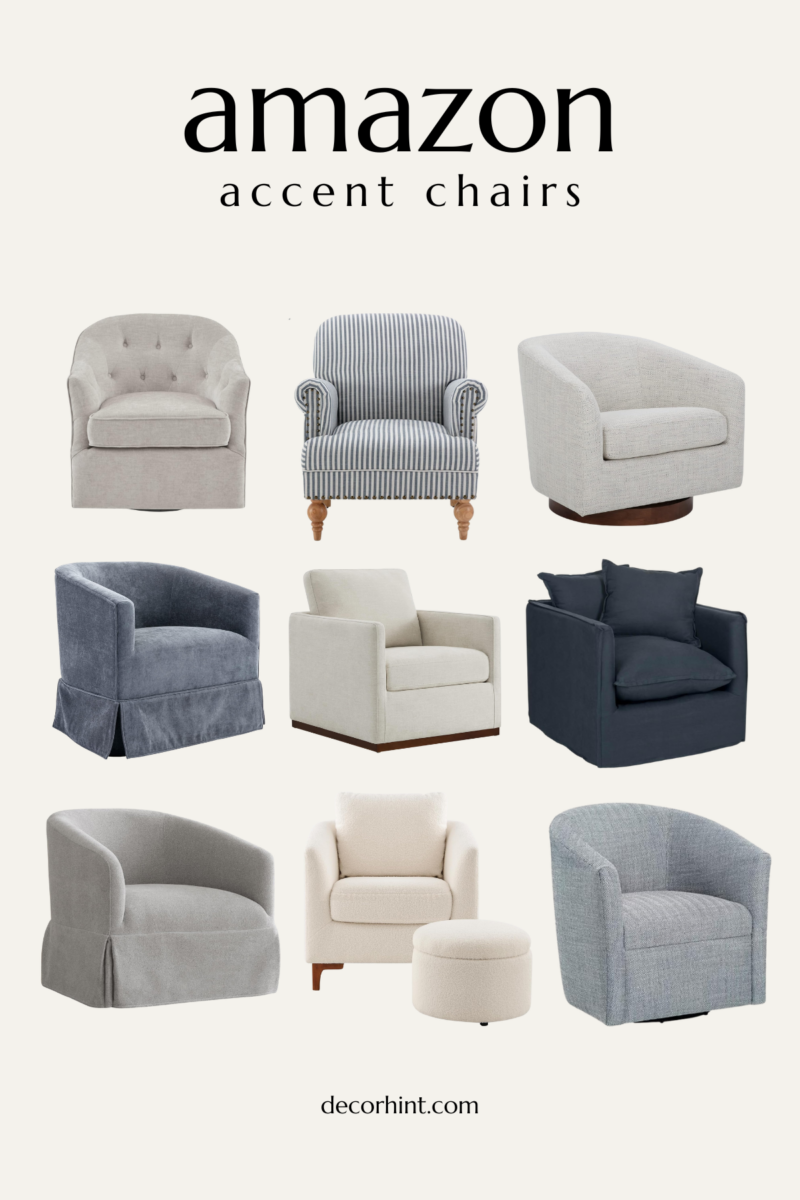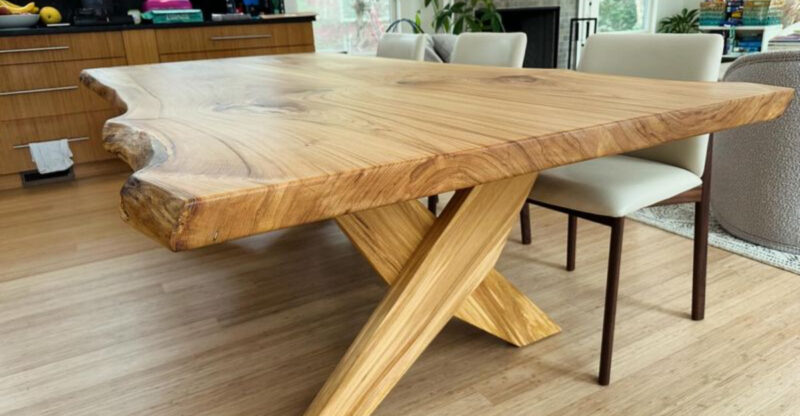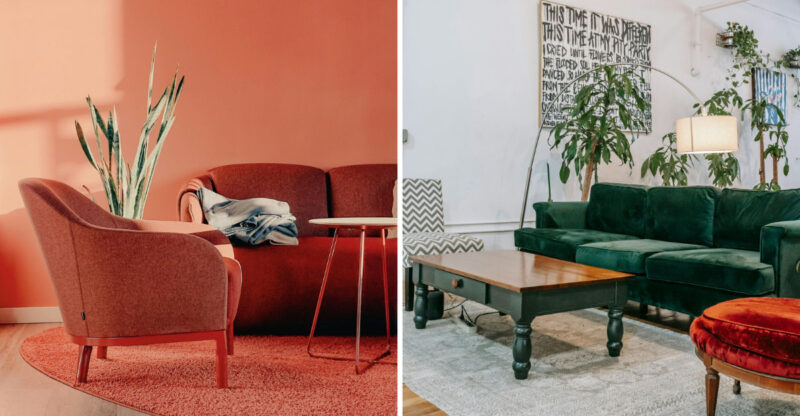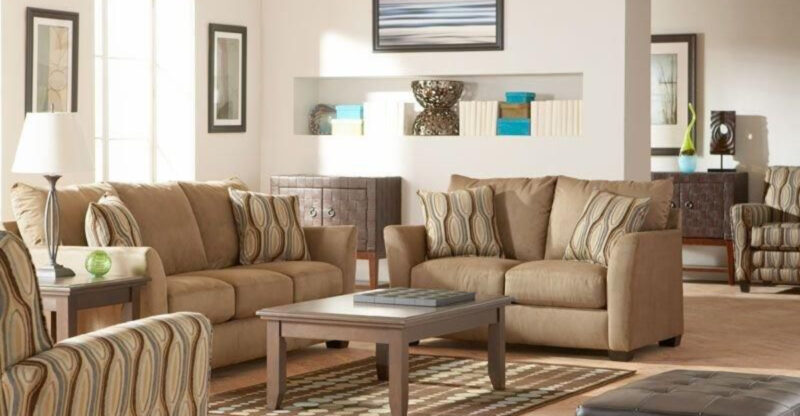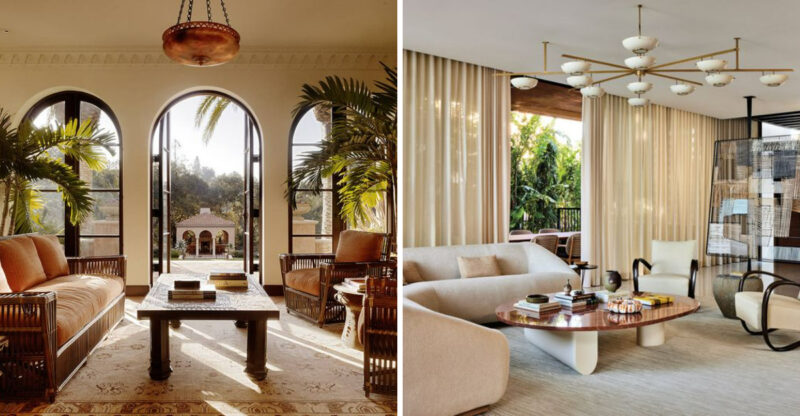7 Furniture Choices That Might Disrupt Your Room’s Harmony
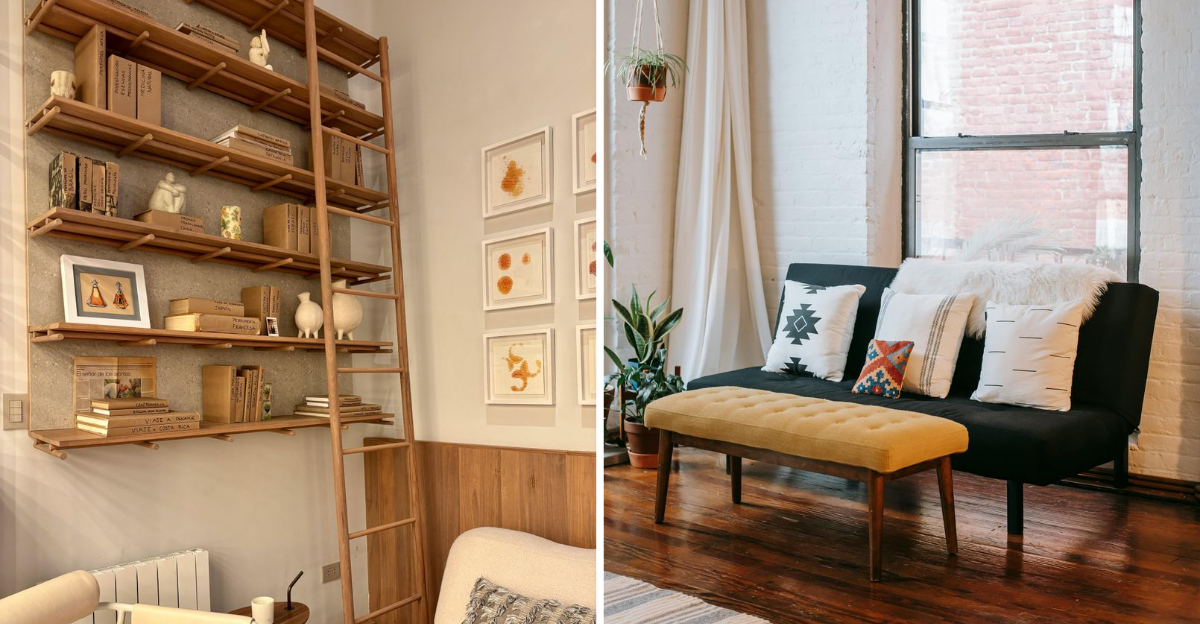
Have you ever felt that something was off in your room but couldn’t figure out why? The furniture you select plays a major role in creating a balanced, functional space.
I’ve seen many homes where just one piece disrupts the flow and feel of an entire room. Here are nine common furniture choices that might be secretly sabotaging your room’s harmony, along with tips for fixing them. Keep in mind that results may vary depending on your room’s size, layout, and personal style.
1. Oversized Sectionals
Walking into a room dominated by a massive sectional sofa can feel like entering a furniture showroom rather than a home. These behemoths often consume precious floor space, making even spacious rooms feel cramped and difficult to navigate.
If you’ve invested in an oversized sectional, try breaking up its visual weight with contrasting throw pillows or a colorful blanket. Position it away from walls when possible to create breathing room around it.
For small to medium rooms, consider downsizing to a standard sofa with complementary accent chairs instead. This arrangement creates conversation areas while maintaining open pathways through your space.
2. Clashing Chair Styles
Mix-and-match can be charming, but randomly assembled chairs often create visual chaos. When dining chairs, accent chairs, and office seating all speak different design languages, your room lacks the cohesion needed for true harmony.
This doesn’t mean everything must match perfectly. The key is finding common elements similar wood tones, complementary fabrics, or consistent height to create a thoughtful collection rather than a random assortment.
For an eclectic look that works, limit yourself to two or three chair styles maximum, and ensure they share at least one design element. Even mismatched chairs can feel intentional when unified by color or material.
3. Mismatched End Tables
End tables that don’t coordinate with each other or your other furniture create an unintentional asymmetry that throws off your room’s balance. When one side table is tall and narrow while the other is short and wide, your brain registers this inconsistency as visual tension.
Height matters most when selecting end tables they should sit at approximately the same level as your sofa or chair arms for practical use. While tables don’t need to be identical twins, they should be compatible cousins in terms of style, size, and visual weight.
If you’re stuck with mismatched pieces, try unifying them with similar lamps or matching accessories. Sometimes, a cohesive color palette can bridge the style gap between otherwise different tables.
4. Heavy Dark Cabinets
Dark, imposing cabinets can cast a shadow over your entire room, both literally and figuratively. Whether in kitchens, bathrooms, or living spaces, these hefty storage units often create a visual black hole that absorbs light and makes spaces feel smaller.
Color psychology plays a role here too dark cabinetry tends to feel more formal and sometimes oppressive, especially in rooms with limited natural light. If you’re stuck with dark cabinets, balance them with lighter countertops, walls, and flooring. Hardware makes a surprising difference too.
Swapping out dark or heavy handles for something sleek and light-colored can visually lighten cabinets without the expense of replacement or refinishing.
5. Low-Profile Sofas in Large Rooms
Sleek, low-slung sofas might look amazing in design magazines, but they often get lost in spacious rooms with high ceilings. These minimalist pieces create an uncomfortable scale imbalance when surrounded by too much empty space. Large rooms need furniture with presence.
If you love your low sofa but your room feels off, consider adding height with tall bookshelves, substantial artwork, or floor lamps that draw the eye upward. Area rugs help define seating areas and prevent furniture from feeling adrift in oversized spaces.
Another solution is creating multiple seating arrangements rather than one central grouping. This approach fills the room appropriately while maintaining functional conversation areas that don’t require shouting across vast expanses.
6. Overly Tall Bookcases
Towering bookcases reaching all the way to the ceiling might maximize storage, but they often create an intimidating, top-heavy feel in average-height rooms. These vertical giants draw attention to themselves in a way that disrupts the room’s horizontal flow.
Scale matters tremendously with storage furniture. In rooms with standard 8-9 foot ceilings, bookcases around 72 inches tall generally create better proportion. If you need the storage of taller units, consider flanking them with artwork or windows to integrate them into the overall design.
How you style bookcase shelves affects their visual impact too. Leaving some negative space, arranging books both vertically and horizontally, and incorporating decorative objects prevents the “wall of books” effect that can make tall shelving feel even more imposing.
7. Furniture That Blocks Natural Light
Placing tall furniture directly in front of windows is like hanging a permanent curtain that never opens. This common mistake dramatically reduces natural light one of your home’s most valuable assets for both mood and perceived spaciousness.
Light patterns change throughout the day, so furniture that might seem fine in morning light could cast significant shadows by afternoon. When arranging rooms, I always prioritize keeping windows clear or framing them with pieces that enhance rather than obstruct light flow.
If limited floor space forces some window obstruction, choose furniture with open bases that allow some light to filter through. Reflective surfaces like mirrors positioned opposite windows can also help bounce existing light deeper into rooms where window access is compromised.

